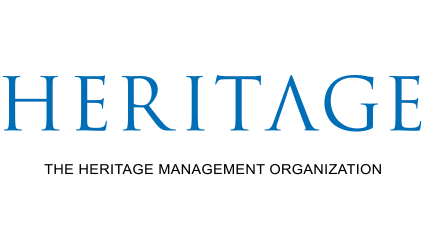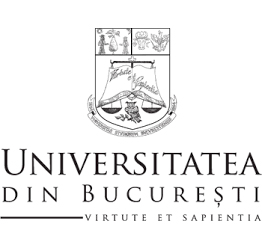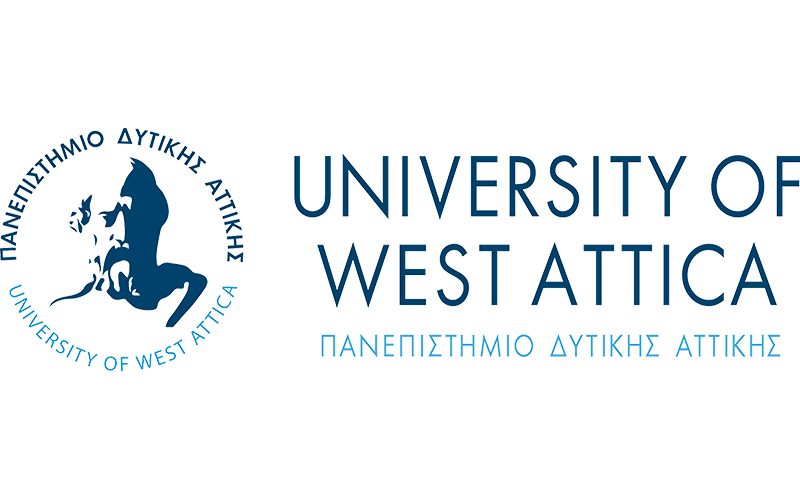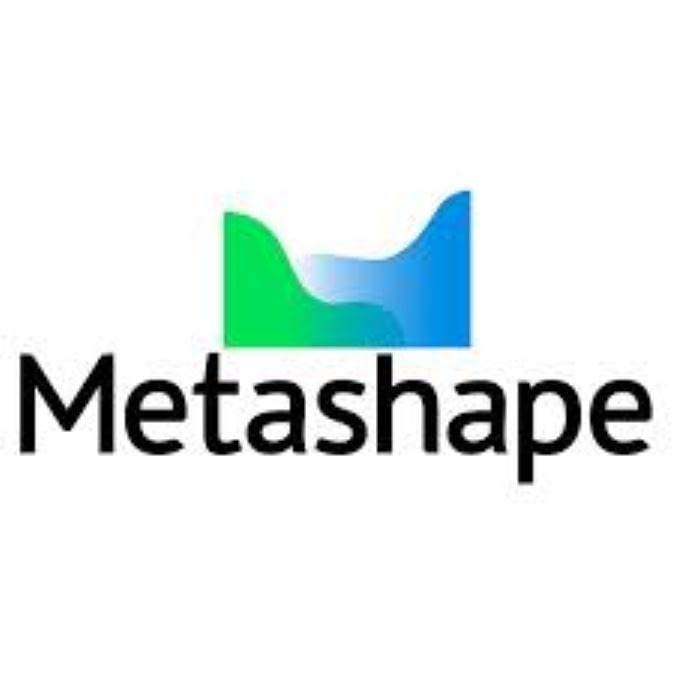Welcome to our website
This website offers some of the results of the HERITΛGE summer school on Digital Tools for Heritage management, as well as the HOGENT course on 3D modelling (international project) and our new exchange program on Digital Tools for Heritage Management.
Concept
Project description
This field school will introduce students to a broad range of 3D recording and mapping techniques, as well as methodologies to use and analyze spatial data. Students will be provided withhands-on instruction in these methods in the context historical structure at the city of Nafplion. Students will record the extensive architectural heritage using terrestrial laser scanning and image-based 3D modelling, and process the acquired data in appropriate software. GIS will be used to publish the data in cartographic deliverables, and to use spatial data in for data management and analysis. Students should be able to work in the digitization of any site following this work.
Previous editions of this project have been organized in Gonies (Crete), Papadiokambos (Crete), and other locations with various partners.
Nafplio (Greece)
is a seaport town in the Peloponnese. The town was an important seaport held under a succession of royal houses in the Middle Ages as part of the lordship of Argos and Nauplia, held initially by the de la Roche following the Fourth Crusade before coming under the Republic of Venice and, lastly, the Ottoman Empire. The town was the capital of the First Hellenic Republic and of the Kingdom of Greece, from the start of the Greek Revolution in 1821 until 1834.
Techniques
Laser scanning
Terrestrial laser scanning offers a fast and accurate methodology to generate dense geometrical representations of objects. This course aims to get a thorough understanding of the principles of terrestrial laser scanning and best-practice application of this technique for the acquisition of point clouds.

Based on on-site measurements and intensive practical sessions, participants will obtain necessary experience to apply this technique in their own field work and research. The focus of this course is put on 3D recording of heritage sites. Research is also conducted on procedures and techniques to optimize the acquisition and to generate deliverables covering heritage sites. Among others, these deliverables are conventional maps, 3D models and online visualizations.
Image-based 3D modelling
Digital image acquisition and processing offers a wide range of deliverables for the documentation of cultural heritage. 3D models, orthophotos or point clouds are indispensable tools for the documentation and monitoring of our heritage and allow a better understanding of the objects under research.

The construction of these products is based on various concepts in photography, photogrammetry and computer vision, which are available via easy-to-use software and generally available hardware. During this course, various techniques will be addressed and demonstrated during lectures and hands-on field work (photography, photogrammetry, 3D modelling and model referencing, 360° photography, and vectorization).
GIS and web development
During the last century, an enormous amount of data has been recorded on cultural heritage sites all over the world. Among others, these data concern overview inventories, detailed stone plans, conservation monitoring records, ... But also topographic data, like the point clouds and 3D models presented here.

Data are frequently acquired on a regular basis by a team of interdisciplinary scholars, like archaeologists, anthropologists, architects, and other specialists. The integration of these data in a geographic information system (GIS) seems an obvious choice for data management, analysis, updating, … When newly generated data are combined with existing spatial data, GIS allows a systematic inventory of these data and the use of these data in complex problems.
Join our exchange program on Digital Tools for Heritage Management that integrates the great disciplines of heritage management and geomatics (30 ECTS credits). The program is organized by a team of internationally recognized experts and is mainly offered online which allows participants from all over the world to participate. Skills in the acquisition, processing, and publication of spatial data are combined with knowledge in heritage management through hands-on course material, which is applied during fieldwork in Greece.
Results
Continue or get in touch for more data
The project resulted in a series of point clouds, textured 3D models, orthophotos, DEMs, ... Some of these data can be accessed by clicking on the images below.
You are kindly invited to contact the organizers for more information or data.

More from us
Our involvement in education
Click on the buttons bellow to learn more about the educational programs we are involved in.
Some other interesting projects we are involved in
(HERITΛGE/KMKD)
(UGent)
Attention! This is not an official HOGENT website. Please contact Dr. Cornelis Stal for more information, suggestions or questions.



















